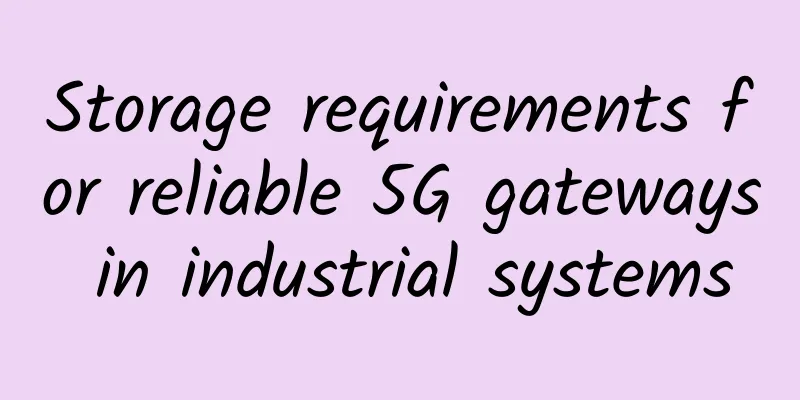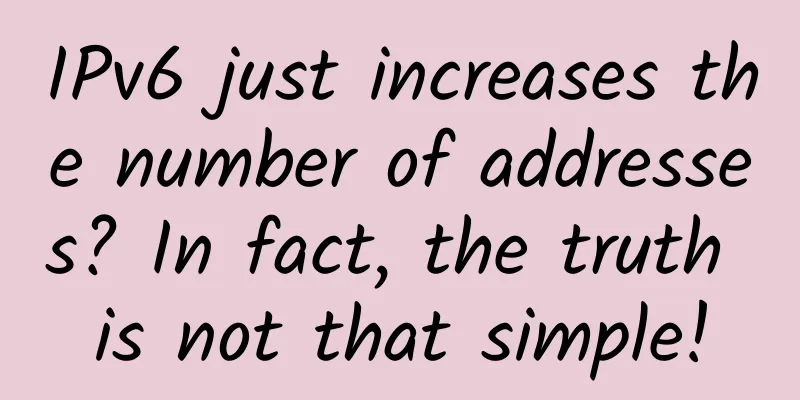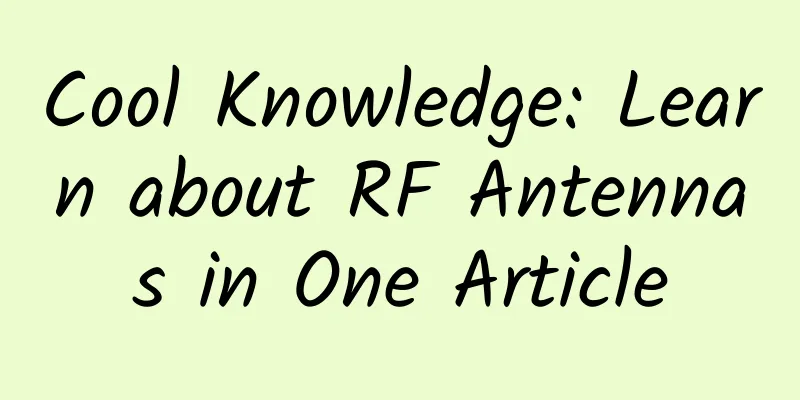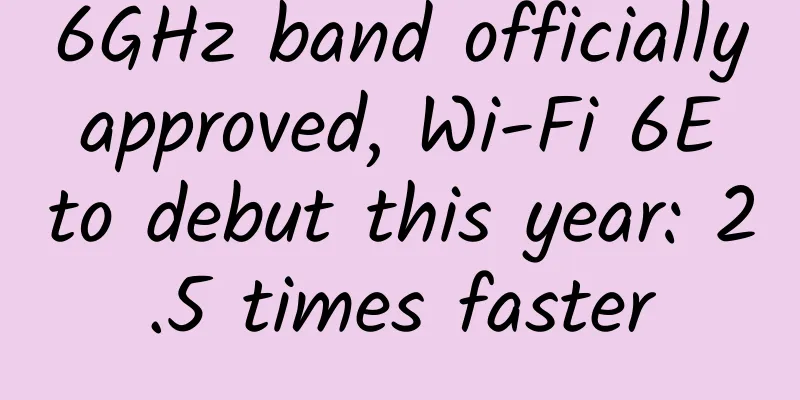Talk丨Can positioning become a new growth point for LoRa technology?

|
First, an example: If you and your good friend make an appointment to meet at a certain square, and you tell your friend that you are 200 meters away from Building A, then from your friend's point of view, there are countless possibilities for your location: If you add one more piece of information: you are about 150 meters away from the KFC next door. At this point, your friend may think that you are in two possible locations: If you give one more piece of information: there is a McDonald's 100 meters away from you, then your friend will know exactly where you are: At this point, if the three known locations of Building A, KFC and McDonald's are replaced by three fixed gateways, and you yourself are compared to a mobile IoT terminal, then it can be understood that the location of a terminal can be determined through three gateways. This is why at least three gateways are required to receive data packets to realize the geographic location function. LoRa positioning method and principle Initially, LoRa was known as a narrowband wireless communication technology, but in the past two years, LoRa has begun to emerge in positioning. Among the two positioning methods provided by the LoRaWAN protocol, one is called Time Difference of Arrival (TDoA), which has the same positioning principle as the example at the beginning. However, in TDoA, the distance is no longer used directly as a parameter to determine the location of the terminal, but the time difference of the arrival of the data packet is used as a parameter, so all gateways must share a common time base. Compared with another positioning method based on received signal strength indication (RSSI) provided by the LoRaWAN protocol, TDoA positioning is more accurate, with an accuracy range of 20-200m, while the accuracy range of RSSI is between 1-2Km and is mainly used for rough positioning. Next, let's continue to look at the complete process of LoRa technology to complete the LoRa terminal positioning. This process includes two steps: one is the data transmission from the terminal node to the gateway, and the other is the data transmission between the gateway and the network server. When any LoRaWAN terminal device sends a data packet, the data packet will be received by all gateways within the network range. These uplink data do not need to be specific location information, they can be ordinary LoRaWAN data frame structure. When a data packet is sent, the gateway does not know which LoRa terminal device the data packet comes from, so all gateways need to add an accurate timestamp to each received data packet, and then forward it to the network server together. When the data packet with the timestamp is transmitted to the network server, only the authorized network service provider can provide decryption service, decrypt the data according to the subscribed service level, and calculate the location of the LoRa terminal node through the algorithm on the network server side based on the arrival time, signal strength, signal-to-noise ratio and other parameters. At this point, the entire LoRa positioning process is basically complete. Factors affecting LoRa positioning accuracy and methods to improve it The accuracy of LoRa positioning is mainly related to the following factors:
As can be seen from the previous article, the accuracy of the arrival time difference directly affects the accuracy of the final terminal position. So what methods can be used to improve the accuracy of the arrival time difference?
LoRa positioning advantages and characteristics The geolocation solution based on LoRa technology will enable applications that require location determination as part of the overall solution. The benefit is that the new functionality can be supported by any working LoRaWAN terminal, eliminating additional costs and requiring no additional processing power, while maintaining optimal security of data and location. 1. Lowest power consumption
2. Lowest cost
3. Minimum environmental impact
Application scenarios of LoRa positioning At present, there are many positioning technologies, which can be generally divided into outdoor and indoor positioning technologies. Initially, LoRa positioning technology was mainly concentrated in outdoor application scenarios, but with the iteration of technology, it began to exert its strength in indoor positioning scenarios, contributing new growth points for LoRa. Here are some LoRa positioning application scenarios: 1. Vehicle supervision The geolocation function in automotive applications can be used for accident tracking and notification, as well as predictive maintenance needs. Monitors can be installed on vehicles to monitor vehicle status in real time, intelligently manage vehicle usage, and provide a standardized vehicle use system for vehicle supervision. 2. Movable property supervision Install positioning, displacement and other sensing devices on assets. Once these assets deviate from the set status, an immediate warning will be issued. Geographic location services are used by the Movable Property Supervision Department to achieve more effective management. 3. Shared bikes Installing positioning, displacement and other sensing devices on the bicycles, automatically and regularly sending location information, intelligently monitoring in the cloud background, recording movement trajectories, and issuing abnormal warnings, provides a standardized supervision system for shared bicycles. 4. Herd/livestock positioning The location of herds and individuals can be located to achieve effective management. At the same time, electronic fences can be set up. When the herd leaves the fence, the monitoring platform will issue a timely warning, effectively solving the risk of livestock getting lost, and even playing a huge role in some endangered species. 5. Industrial asset management In addition to simply providing asset location information, it can also help supply chain and industrial management companies more efficiently monitor the health of their equipment and predict maintenance. In addition, location services based on LoRa technology can also be used in the construction, insurance and consumer industries to track high-value assets such as building materials, insurance products, pets or people. Conclusion Location services are not a new industry. Both GNSS and indoor small wireless positioning technology have been accumulated for decades. With the strong rise of the Internet of Things industry in recent years, related applications have more and more requirements for positioning, and positioning technology business opportunities have begun to emerge in large numbers, especially in some asset tracking applications. People who are interested in the field of Internet of Things positioning may have seen the following two sets of data:
It can be seen that the future IoT positioning market has broad application prospects. Of course, with the continuous advancement of technology, it is also promising to create high-precision, low-cost geographic location solutions based on LoR technology and combined with TDoA positioning algorithms. |
<<: 7 IT reorganization mistakes to avoid
>>: Unified Communications Market Trends Drive Spending Growth
Recommend
Cisco releases new developer capabilities for intent-based networking platform
Cisco today announced new developer capabilities ...
JuHost Newly Launched Japan Tokyo 1Gbps Port High Bandwidth VPS 30% Off Starting from $3.49/month
JuHost has newly launched a data center in Tokyo,...
The world's first batch of 5G-enabled Wi-Fi hotspots are here
There is no need to wait until 2020. Now the worl...
A comprehensive comparison of 5G packages of the three major communication operators
Unlike the fierce price competition in the 3G and...
Sharktech: Los Angeles high-defense server 1Gbps unlimited traffic starting at $129/month, optional 10Gbps unlimited traffic
Sharktech is a long-established foreign hosting c...
5G enables thousands of industries, and deepening transformation calls for cross-domain collaboration
According to the Economic Operation of the Commun...
Operators implement unlimited packages. Netizens: Old users and dogs are not allowed to apply
The "speed up and reduce fees" policy h...
How professionals can develop their latest data center skills
When there are a plethora of industry certificati...
When the 2G/3G network is down, will your IoT work properly?
Over the past few years, we’ve seen a lot of head...
GSA identifies 4G/5G private network deployments in 40 countries
London, UK, May 17, 2021 - The Global Mobile Supp...
Wind River Launches New VxWorks Version to Build a Digital Foundation for the Internet of Everything
[51CTO.com original article] Have you ever experi...
Node.js knowledge - How to set cookie information in HTTP request and response
[[398674]] HTTP Cookie[1] is a small piece of dat...
Big and small! The little sister tells you everything about BeautifulSoup
[[427165]] Learn more about BeautifulSoup Scrapin...
Eight use cases for NV overlay
Most IT organizations are under pressure to be mo...
5G is here, where will the next explosion point of the Internet be?
In the long run, the goal is not to build 5G well...









